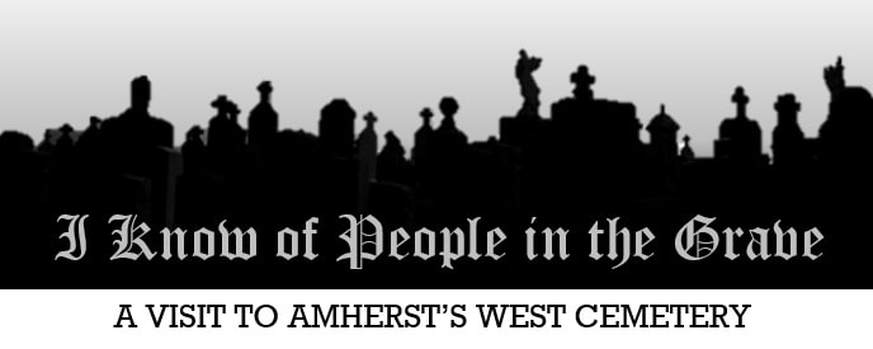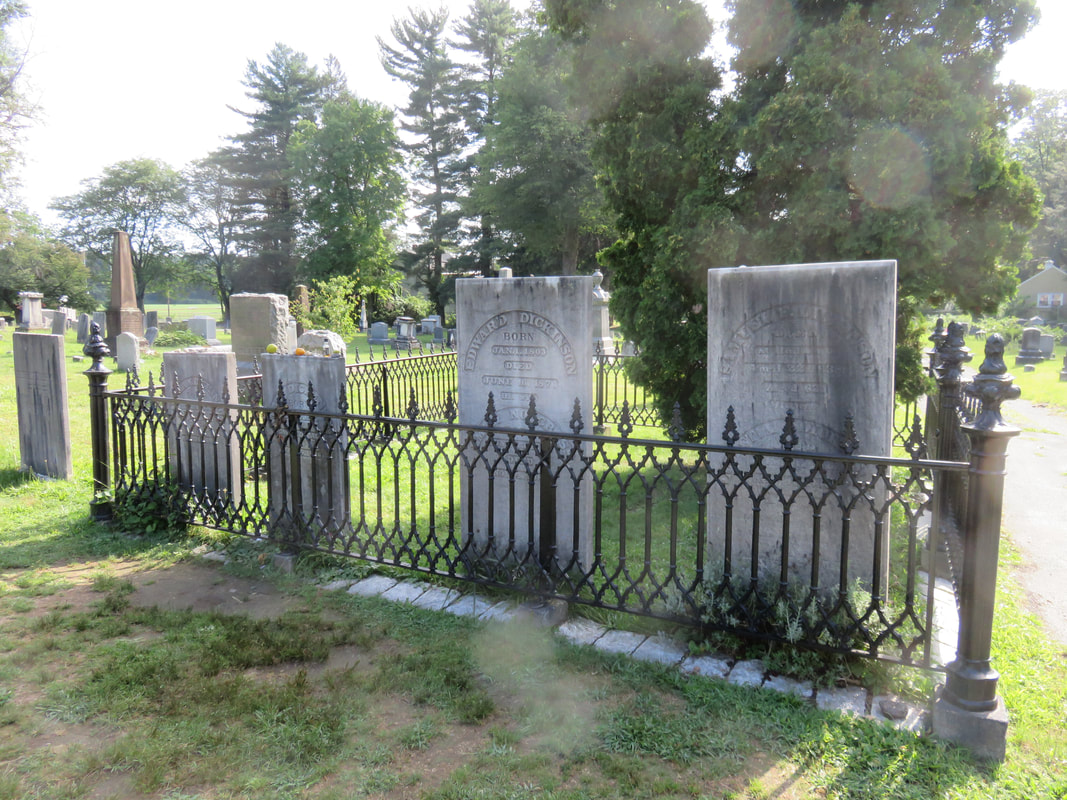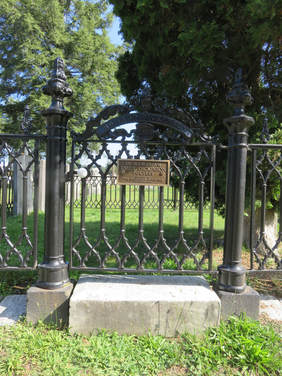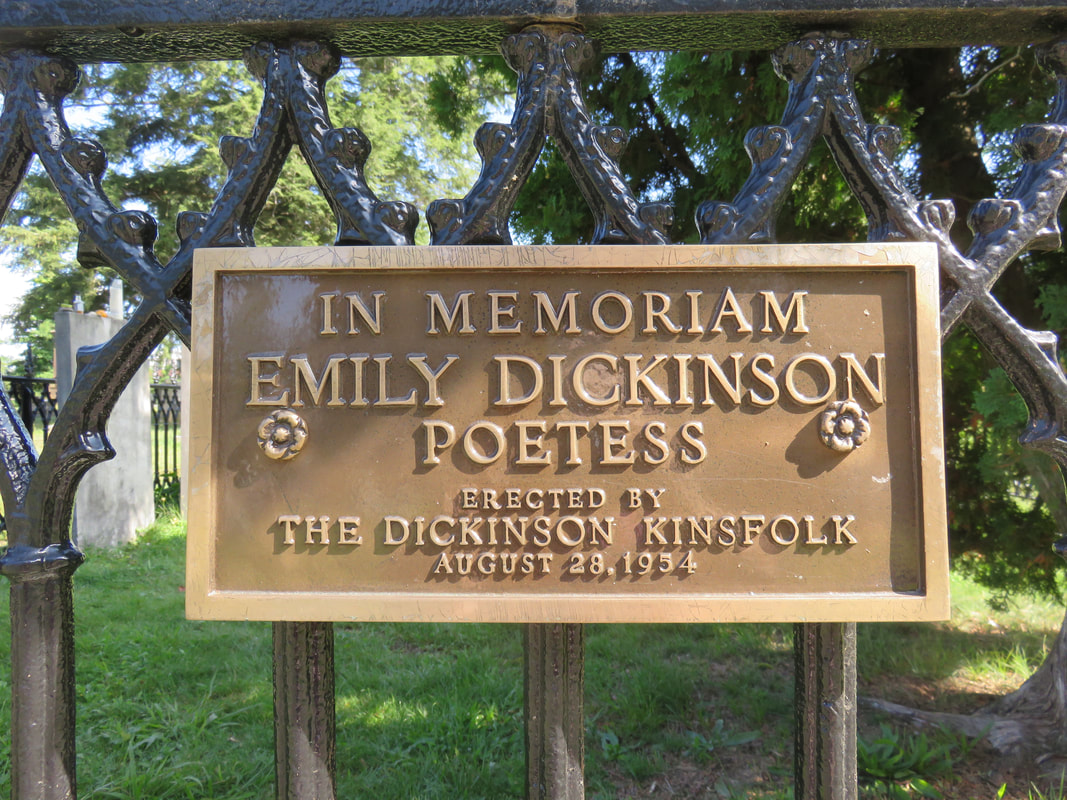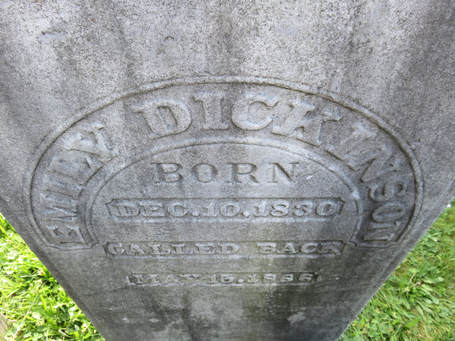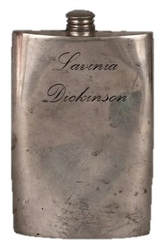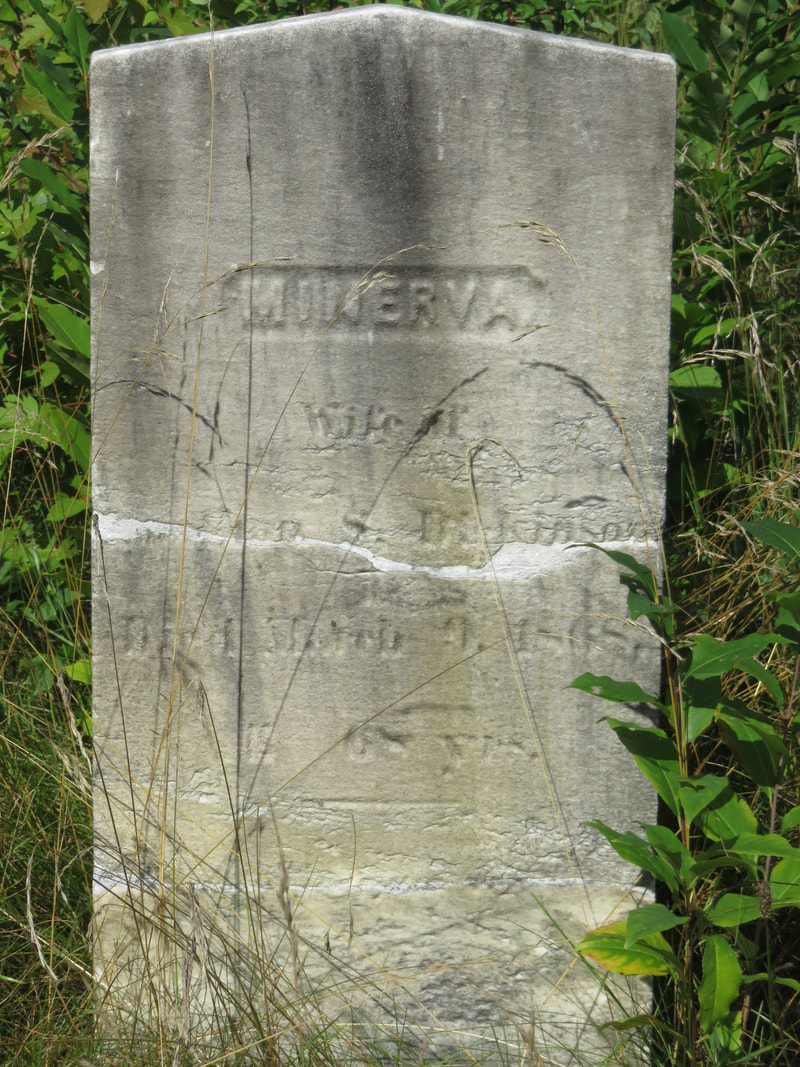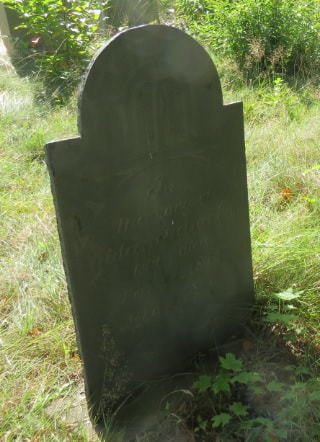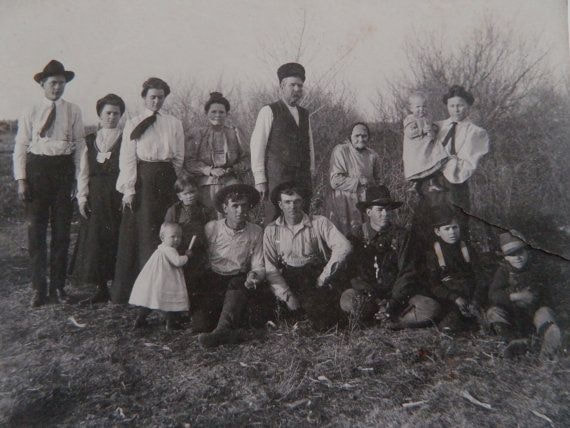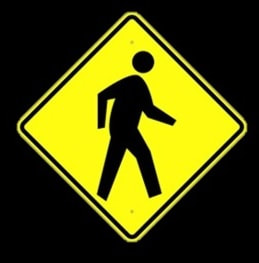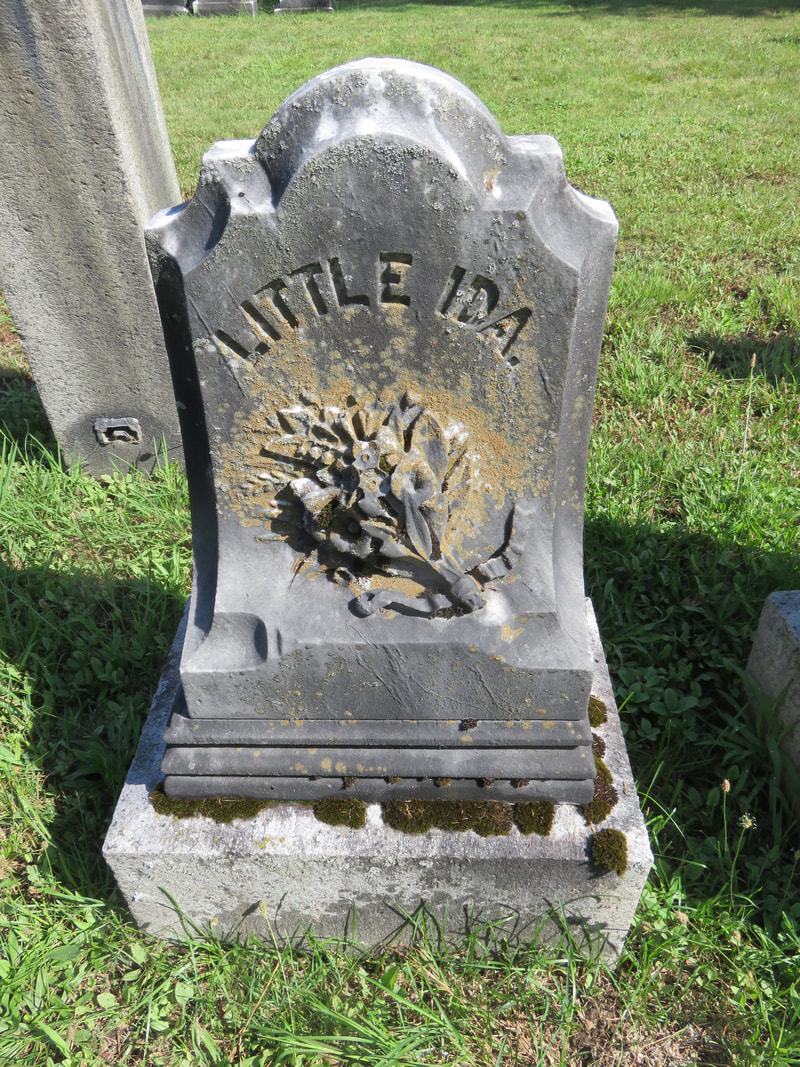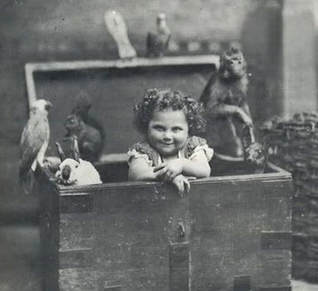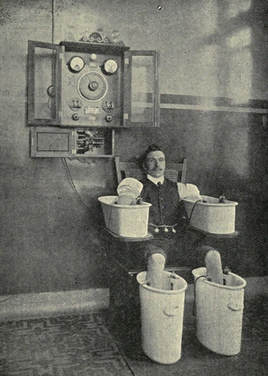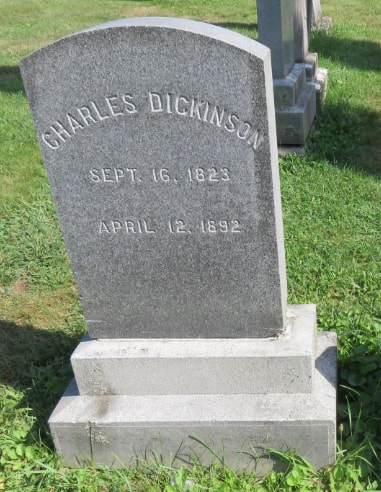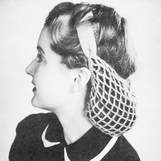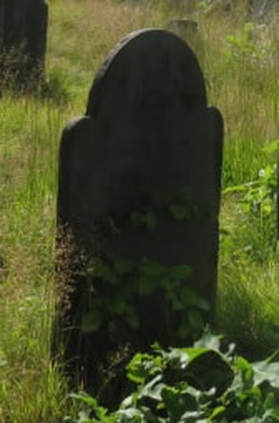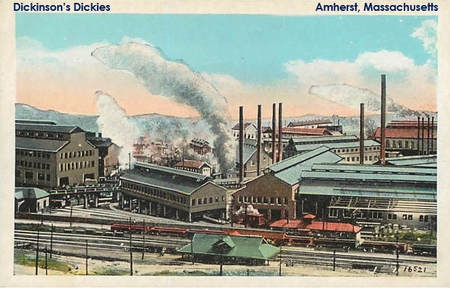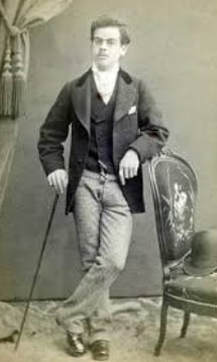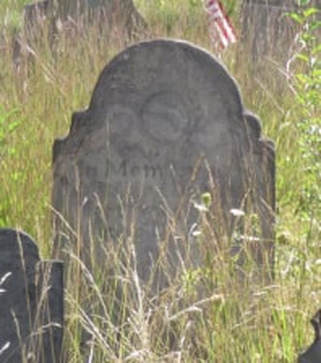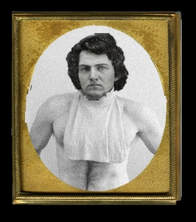In August, 2017, I attended the annual meeting of the Emily Dickinson International Society (EDIS) in Amherst, MA.
A travelogue from my trip to Amherst is HERE.
Before I headed home on Sunday, August 13, I stopped by Amherst's West Cemetery to visit the grave of Emily Dickinson --
and many other Dickinsons too!
A travelogue from my trip to Amherst is HERE.
Before I headed home on Sunday, August 13, I stopped by Amherst's West Cemetery to visit the grave of Emily Dickinson --
and many other Dickinsons too!
Amherst's West Cemetery is the burial site of Emily Dickinson, her parents, paternal grandparents, and sister Lavinia.
Who are all of the other Dickinsons buried in West Cemetery?
JONATHAN DICKINSON
Laviinia's favorite hip flask is on display in the Dickinson room at Harvard's Houghton Library. Located on the second floor of library, the Dickinson Room also displays family furniture (including the poet's writing table and chair), portraits, a portion of the family library, and a number of other personal belongings closely associated with the poet. The Dickinson Room is included in the public tour of Houghton Library offered every Friday at 2:00 p.m., and at other times by appointment if staff is available.
MINERVA DICKINSON
|
Pictured at the left: Minerva Dickinson was known around Amherst because of her lachanophobia, an irrational fear of vegetables. As a result of this condition, Minerva was unable to keep to a healthy diet because was just too frightened to have vegetables on her plate. As she grew older, Minerva's lachanophobia grew into a full-fledged case of cibophobia, an extreme fear of food. As a result she mainly survived by drinking cups of steam. Minerva lived to be 108 years old. |
DIBERTHA "DIBS" DICKINSON
|
Dibertha "Dibs" Dickinson was the twelfth child (of twelve children) of Clement and Fidellia Dickinson. Pictured at the far right: "Dibs" is in the arms of her mother Fidellia at the right of the photograph. Have you ever called "Dibs" on something? The word comes from Dibertha Dickinson's nickname, "Dibs." As she was the twelfth of twelve children, she was always the last one to get anything -- clothes, toys, dinner, etc. To be fair to their sweet little Dibertha, Clement and Fidellia would call out her name, "Dibs," when they wanted the other children to save something for their last child. |
ENOS DICKINSON
|
|
In a letter from Emily Dickinson to Elizabeth Holland in 1866, Emily noted that a circus paraded by the Dickinson’s home on Main Street: “Friday I tasted life. It was a vast morsel. A circus passed the house - still I feel the red in my mind though the drums are out.”
Alas, her cousin Enos Dickinson was crushed to death by passing elephants at the intersection of Main and Pleasant: “Dear Enos, young and in hope but a little while – died at the end of the parade,” she wrote. “I believe he in some manner will be cherished by our Maker – the very One who gave the pachyderms heir remarkable power. Beyond that all is silence – and now Enos knows how Eternity seems.” |
|
As a result of that terrible, freak accident in 1866 when the circus came to town, Amherst was the first municipality in the United States to require pedestrian crossing signs at all crosswalks. The first signs included a rudimentary likeness of Enos Dickinson, and that tradition has continued to this day -- modern pedestrian crossing signs include an image of Enos Dickinson as he entered the intersection of Main and Pleasant in Amherst on that dreadful day when the circus elephants displayed their "remarkable power." |
IDAMAE "LITTLE IDA" DICKINSON
|
Idamae "Little Ida" Dickinson was the daughter of Marcellus and Myrtle Dickinson. Her father Marcellus was a celebrated magician known around the world as the Illustrious Marcellus, and he would travel the world with his daughter as his magical assistant.
In a freak accident where the Illustrious Marcellus placed Idamae's monkey Boogey in a locked box only to exchange places with Little Ida, both Boogey and Idamae perished when the trap door in the box malfunctioned. Pictured at the left; Little Ida Dickinson with her parrot Peggy, her rabbit Genevieve, her squirrel Obediah, and Boogey the Monkey. |
CHARLES DICKINSON
|
Hydrotherapy, or immersing the body in hot or cold water, was extremely popular in the nineteenth century. Also known as the “water cure,” many prominent doctors of the day started their own hydrotherapy clinics catering to wealthy patients to cure a whole host of diseases, including tuberculosis, insomnia, baldness, torpid liver, and hysteria in women. However, for those who suffered from aquaphobia, Charles Dickinson invented Electro-Hydrotherapy Appendage Tubs. Pictured at the left: Charles Dickinson -- shortly before he wsa electrocuted as he tested a model of the Electro-Hydrotherapy Appendage Tubs he was developing. |
ZYLPHIA SNOOD DICKINSON
|
Pictured at the far right: Zylphia Snood Dickinson, inventor of the snood, a hairnet or fabric bag worn over the hair at the back of a woman's head (named for Zylphia's spinster twin, Sylphia Snood).
Zylphia was a prominent business woman and opened Dickinson's Snood Factory, which is still the world's leading manufacturer of snoods. Below: Zylphia Snood's granddaughter Zyldelphia models the fashion accessory that's synonymous with Amherst, the snood. |
Below left: Dickinson's Snood Factory in Amherst, Massachusetts, the world's leading manufacturer of snoods. Below right: Dickinson's Dickies, the factory that produces the world famous, "Dickie," the celebrated mock-turtleneck sweater invented by Richard "Dickie" Dickinson.
RICHARD "DICKIE" DICKINSON
Who are the other Dickinsons in Amherst's West Cemetery?
We'll post more stories soon. Check back later.
